In 1888 Paul Nipkow invented a method of transmitting images electronically. The method used a disk with a series of holes set in a spiral. As the disk rotated, the object was effectively scanned as each successive hole imaged the object. Light intensity was recorded and transmitted to another disk where the image was reconstructed by descanning the intensity values. A disk sith a series of spirally arranged holes is now called a "Nipkow Disk".
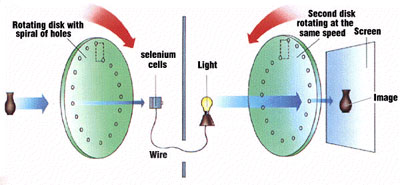
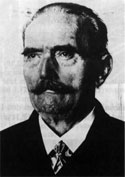
The Nipkow disk can be used for confocal imaging using the same technique. A rapidly spinning disk, containing many holes set in a spiral pattern, is used to excite a fluorescent sample. Light shining through the holes focuses on the sample effectively creating a large number (<200) of excitation points that scan simultaneously across the sample.
Fluorescent light is descanned through the same pinholes (in the Nipkow disk) and imaged on a detector (usually a very sensitive Electron Multiplying, or EMCCD).
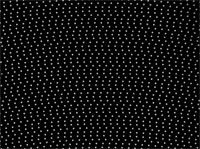


Single point scan vs multi-point scan. Spirally arranged holes in the disk allow multiple points f light to impinge on the sample. As the disk spins the points scan across.
Above is an image of a section of the Nipkow Disk.
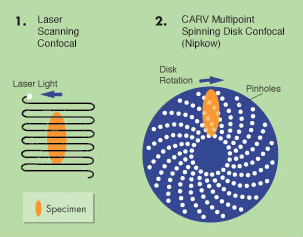
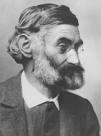
Ernst Abbe
Paul Nipkow